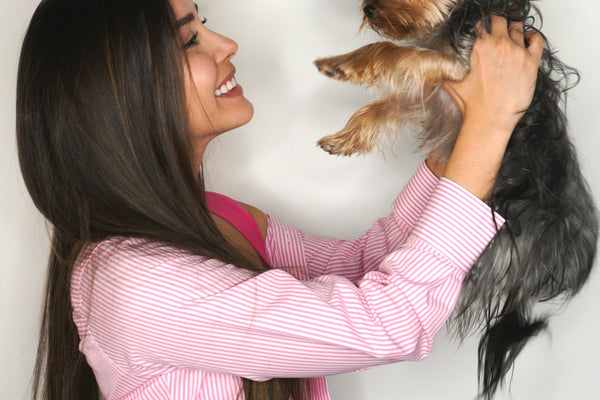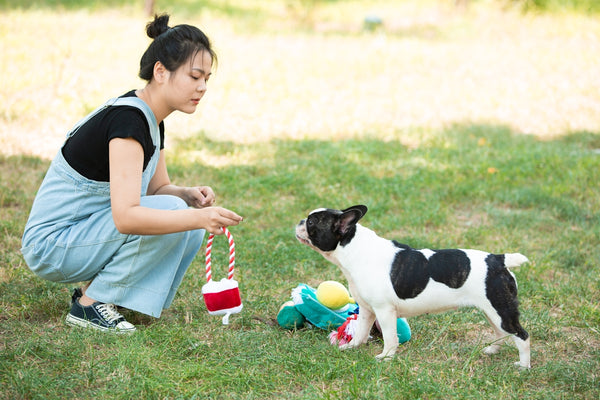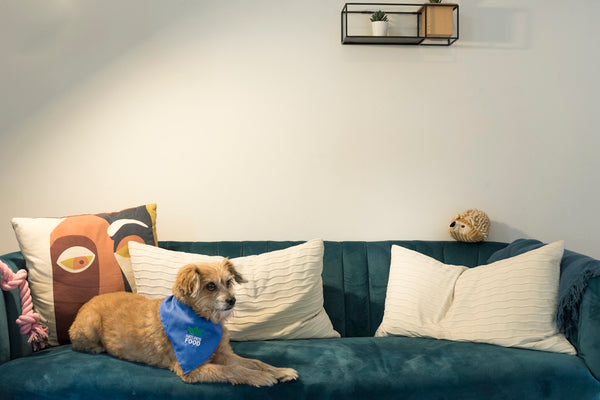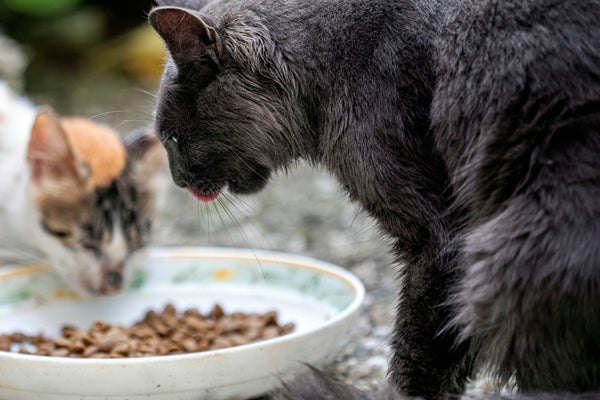Surgical procedures are critical interventions that can greatly enhance the health and lifespan of our beloved pets. Whether your furry companion underwent a routine spay or neuter, dental procedure, or something more complex, the recovery process is vital for ensuring a successful outcome. While your veterinary team will provide specific post-operative instructions tailored to your pet's needs, having a comprehensive checklist can further ease the journey to full recovery. Below, you will find an extensive list designed to assist pet owners in navigating this critical period.
For more resources and information on pet care, visit My Pet Collective.
1. Prepare a Comfortable Recovery Space
Providing a tranquil and comfortable environment is essential when your pet returns home post-surgery. Set up a cozy area that is quiet and free from disturbances to facilitate ample rest.
- Bedding: Ensure your pet has soft, clean bedding to lie on. The material should be gentle on any surgical sites and easy to clean in case of accidents.
- Safety: The recovery area should be free from sharp objects, cords, or other hazards that could cause injury or interfere with any medical devices like IV lines or E-collars.
2. Monitor Food and Water Intake
Proper nutrition and hydration are crucial elements in your pet’s recovery journey. Be cautious with feeding and water intake immediately following surgery.
- Food: Start with small portions of a bland diet consisting of easily digestible foods. Follow your veterinarian's dietary recommendations closely.
- Water: Ensure your pet has continual access to water to prevent dehydration. Use a stable and non-slip feeding station. Consider the Large Waterproof Non-Slip Silicone Feeding Mat for Dogs and Cats with Raised Edge to keep your pet’s dining area clean and organized.
3. Administer Medications and Monitor Pain Levels
Your vet will prescribe medications to alleviate pain and prevent infection. Administer these drugs following the veterinary team’s instructions.
- Pain Management: Keep a close eye on your pet for signs of discomfort, such as whimpering, avoidance of touch, or reluctance to move. Report any concerns to your vet.
- Medication Schedule: Adhere to the prescribed schedule for administering antibiotics, pain relief, or other medications. Mismanaging doses can severely impact recovery.
4. Maintain Activity Restrictions
While rest is important, remaining completely immobile is not ideal for recovery. Controlled, gentle activity can promote healing.
- Controlled Walks: If permitted, brief walks on a leash may aid in maintaining circulation and muscle function. Ensure walks are closely monitored to prevent too much exertion.
- Movement Monitoring: Prevent jumping, running, or rough play that can strain or tear sutures. Engage your pet with low-energy activities like gentle petting or interactive toys that encourage calm behavior.
5. Focus on Wound Care and Monitoring
One of the most critical aspects of post-surgical recovery is proper wound care and close observation for signs of infection.
- Check Surgical Sites: Inspect the incision daily for redness, swelling, or discharge. Clean according to veterinary instructions and avoid unnecessary touching.
- Protective Gear: Use protective gear such as an E-collar, also known as a "cone," to prevent your pet from licking or scratching the incision. Make sure it's comfortable but secure.
6. Additional Restorative Measures
Incorporate products that promote overall wellness to ease recovery discomfort.
- Foot Care: Use a product like the Pet Foot Care Balm and Moisturizing Cream for Dogs and Cats to address any paw pad issues or dryness arising from reduced activity or hospital-grade flooring.
- Relaxation Tools: Calming treats or pheromone sprays can help reduce post-operative anxiety, creating a soothing environment for your healing pet.
7. Encouraging Appropriate Play
Engaging your pet with appropriate toys can prevent boredom and discourage inappropriate activities that may hinder healing.
- Toys for Mental Stimulation: The Potaroma Electric Cat Toys Chargeable are ideal for enticing indoor play while ensuring they do not exert too much energy.
- Chewing Solutions: For dogs who need an outlet for chewing, consider durable options such as the Dog Chew Toys for Aggressive Chewers.
8. Stay in Close Communication with Your Vet
Your veterinarian is your partner in your pet's recovery process. Regular updates or follow-up visits can address ongoing concerns.
- Scheduled Follow-ups: Ensure you attend all postoperative check-ups to evaluate the healing progress and adjust care plans if necessary.
- Immediate Concerns: Don’t hesitate to reach out if you notice anything out of the ordinary, such as increased swelling, behavioral changes, or appetite loss.
Conclusion
Achieving a smooth recovery after surgery requires careful preparation, adherence to veterinary advice, and a little extra tender loving care. This checklist is intended to guide you through each step of the process, ensuring your pet returns to its normal playful self soon. For more tips and products to support your pet’s health and wellbeing, explore My Pet Collective.
Remember, patience and attention to detail in these early days will pay dividends in your pet's long-term health and happiness. Your furry friend is counting on you for reassurance and care during their rehabilitation, and with diligence, they’ll be back to their regular antics in no time.











